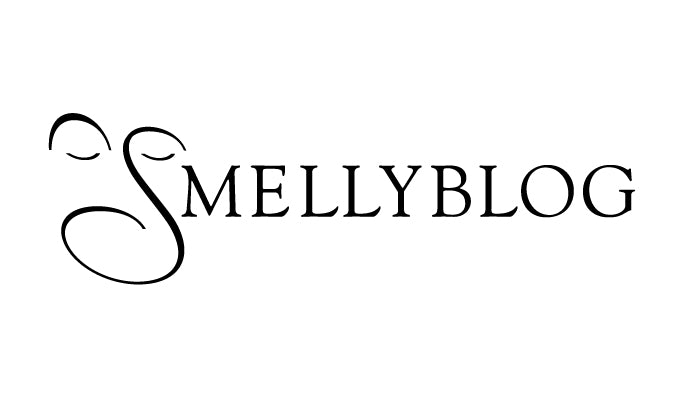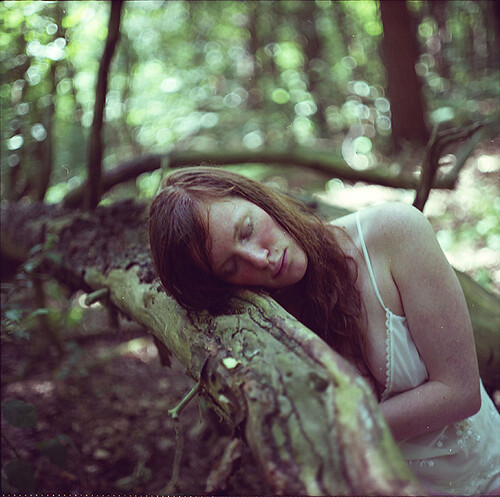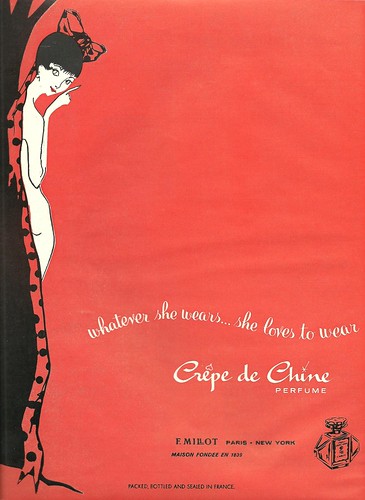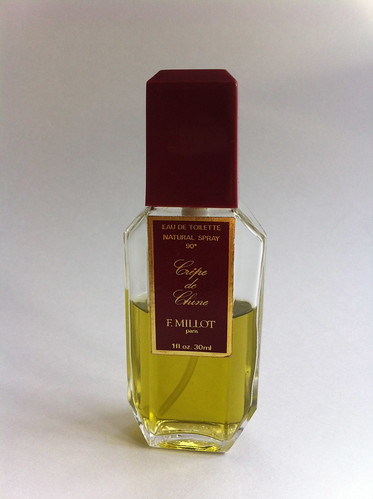28 La Pausa
Revisiting 28 La Pausa, and the Les Exclusifs that came out in 2007. What's been around before (Bois des Îles, Cuir de Russie) has been watered down so much they remind me of a lukewarm instant coffee made by a pinchy in-law compared to a proper espresso. And the remainder seems like an elaborate, cerebral exercise in restrained variations on the Chanel originals: No. 19 and Bois des Îles being the primary sources of inspiration, with various iterations (Bel Respiro and La Pausa in reference to the first; No. 18 and the later-arrival Sycomore stemming from the latter). Both share recurring themes in varying proportions - primarily iris, indole, ambrette seed and greens to varying proportions. 28 La Pausa seems to have some leanings towards No. 18, with hints of ambrettolide, but non of the intriguing wine-like qualities of true ambrette.
28 La Pausa is very light, ethereal exercise in iris. Not the powdery, creamy orris butter that at the core of all the classic Geurlains; but rather a cool, airy rendition of this ethereal and obscure note, quite anemic if to be perfectly hones, and supported by ionone, irone and synthetic musks to extend its metallic presence without adding much longevity or blood. If the inspiration for it is the green-shuttered villa in southern France, then 28 La Pausa is the breeze blowing in the gauzy cotton curtains, bringing in the scent of a just-watered garden with iris and wet concrete pavement. There is a hint of indole in there, giving the ever so slightly warmth of jasmine petals. But it's not enough to bring in any of the relaxed, carefree Joie de Vivre spirit of southern France, nor its neighbouring Italian riviera the house is supposedly overlooking. If this is Chanel's mood on her vacations, then she's most likely sewing mosquito nets indoors, or else sketching patterns on a glass coffee table. She should be indulging in the fresh air, beaches and abundant Mediterranean scenery and loving sun. But she's not. She's cold inside her stone villa, letting only the cold sea breeze come in.
Although Gabrielle Chanel always followed her dreams and made them come true - always strikes me as a logical, down-to-earth person. She seemed quite restrained in her emotions, which in some way also comes across in her very put-together, tailored designs she's created; but that is not to say she had no emotions. Her passion was evident in the meticulous attention she's given to every stitch, in the bold audacity of her costume jewellery, and in her involvement in the artistic direction of the original perfumes. It is true that it took some time before No. 19 and Bois des Îles grew on me - but when they did, I could sense the vulnerable, playful, passionate personality behind them - even if she hasn't created the perfumes herself, she stood behind them completely and took Even after all these years, coming back to Les Exclusifs, I can't help but notice my feelings are completely untouched by each and every composition. There is no soul to them. Only cerebral reminiscing of Chanel's style, luxury and good taste. It's all about flaunting the several expensive ingredients at the core of the composition (iris, ambrette, jasmine from Grasse) but there is really no story behind it except for a brief that resembles an interior-decorator's outline for a very wealthy client.
Notes: Iris, Ionones, Jasmine, Indole, Ambrette, Musks.
28 La Pausa is very light, ethereal exercise in iris. Not the powdery, creamy orris butter that at the core of all the classic Geurlains; but rather a cool, airy rendition of this ethereal and obscure note, quite anemic if to be perfectly hones, and supported by ionone, irone and synthetic musks to extend its metallic presence without adding much longevity or blood. If the inspiration for it is the green-shuttered villa in southern France, then 28 La Pausa is the breeze blowing in the gauzy cotton curtains, bringing in the scent of a just-watered garden with iris and wet concrete pavement. There is a hint of indole in there, giving the ever so slightly warmth of jasmine petals. But it's not enough to bring in any of the relaxed, carefree Joie de Vivre spirit of southern France, nor its neighbouring Italian riviera the house is supposedly overlooking. If this is Chanel's mood on her vacations, then she's most likely sewing mosquito nets indoors, or else sketching patterns on a glass coffee table. She should be indulging in the fresh air, beaches and abundant Mediterranean scenery and loving sun. But she's not. She's cold inside her stone villa, letting only the cold sea breeze come in.
Although Gabrielle Chanel always followed her dreams and made them come true - always strikes me as a logical, down-to-earth person. She seemed quite restrained in her emotions, which in some way also comes across in her very put-together, tailored designs she's created; but that is not to say she had no emotions. Her passion was evident in the meticulous attention she's given to every stitch, in the bold audacity of her costume jewellery, and in her involvement in the artistic direction of the original perfumes. It is true that it took some time before No. 19 and Bois des Îles grew on me - but when they did, I could sense the vulnerable, playful, passionate personality behind them - even if she hasn't created the perfumes herself, she stood behind them completely and took Even after all these years, coming back to Les Exclusifs, I can't help but notice my feelings are completely untouched by each and every composition. There is no soul to them. Only cerebral reminiscing of Chanel's style, luxury and good taste. It's all about flaunting the several expensive ingredients at the core of the composition (iris, ambrette, jasmine from Grasse) but there is really no story behind it except for a brief that resembles an interior-decorator's outline for a very wealthy client.
Notes: Iris, Ionones, Jasmine, Indole, Ambrette, Musks.






